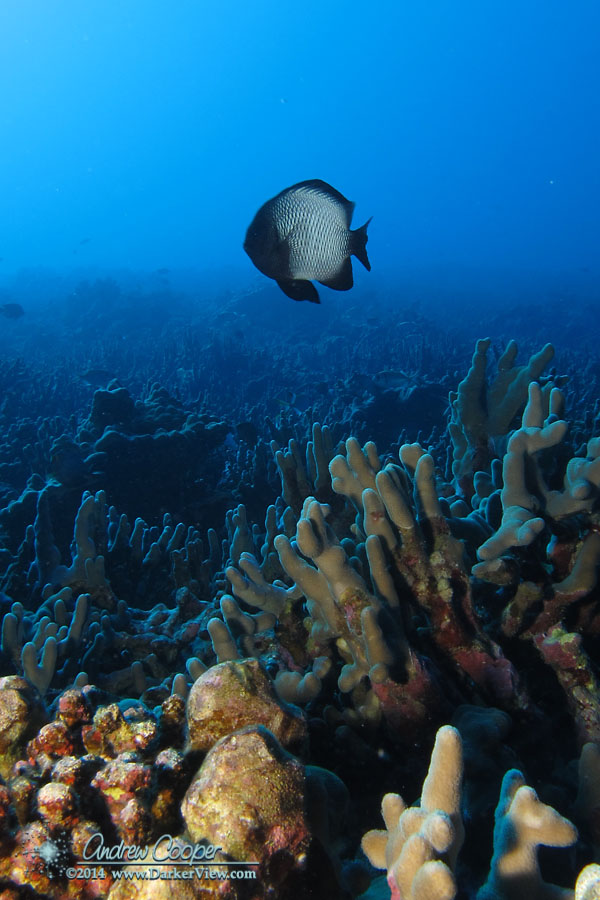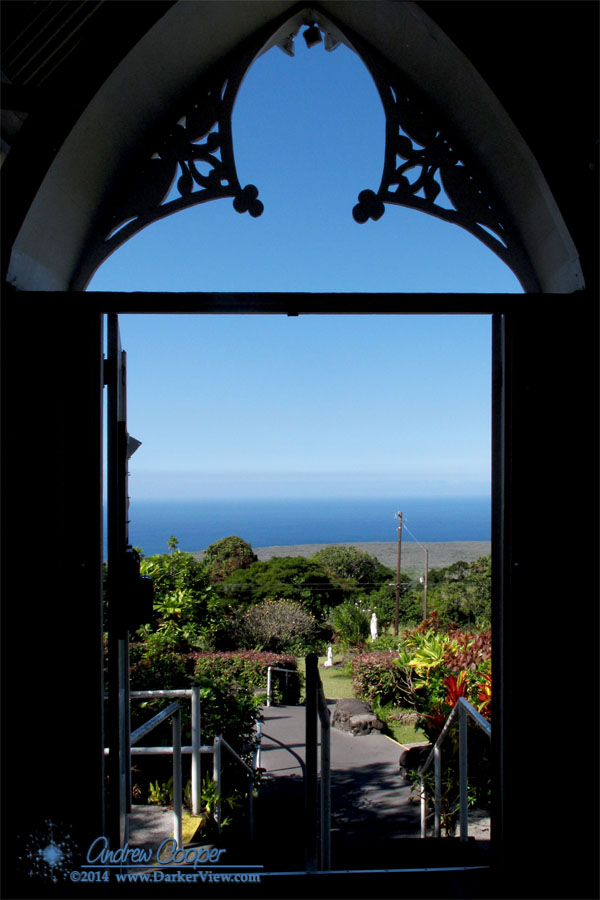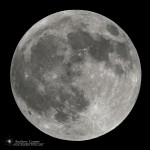
A Lecture and a Star Party
If you did not make a point to come to the last Keck lecture you missed a fun night.
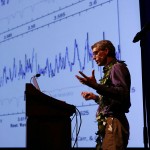
Greg did a very nice job of explaining spectroscopy. this is never easy, the details can get pretty technical. Making sense of spectra while talking to a general audience is a neat accomplishment. This is even worse when you are talking about the spectra of water in the near infrared where there are thousands of emission lines. Good graphics and a step by step explanation worked, animations of dancing water molecules, and dancing Greg not withstanding.

When the crowd poured out we were ready. A lot of folks stayed to view, and five ‘scopes were in operation to meet them. I have to give thanks to Tony, Chris, Rickey, Cliff, Bernt, and Purcynth, who manned the scopes and answered the flood of questions. As we were breaking down the clouds were rolling back in, very good timing indeed.
The lecture was recorded and should show up on the Keck website soon. I’ll try to post a link to it when it does appear. In the meantime, if you have not already done so, get your email on the Keck Nation list so you know about these events before they happen.
Getting Focus Right
Focus is one of the most frustrating problems when shooting in the dark. The number of astrophotos ruined by poor focus is legion. Worse, the problem is often not found until afterwards, when hours of effort have been wasted. Very slight errors in focus can spoil an otherwise great photo.
Taking photos in the dark creates a situation where the normal solutions do not work… Autofocus simply will not operate without enough light. Taking the lens off and attaching the camera to a telescope results in a completely manual focus. Simply focusing through the viewfinder is not accurate enough.
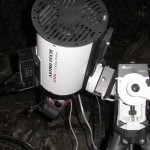
Do remember to switch off the autofocus feature of your lens. Once you get focus set correctly you do not want to lose it the moment you touch the shutter button. Not that I have ever done that… Never? Well, perhaps maybe.
Postcard from the Reef – Dascyllus Reef
Postcard from Hawai’i – Ocean out the Door
The Moon and Jupiter
Tonight the Moon and Jupiter will be quite close. The pair will rise at nearly the same time, about 15:09HST, placing the two well up in the eastern sky by sunset. The Moon will be quite large, 87% illuminated and about 5° from the bright planet.
With Jupiter this close to the Moon it is an excellent time to see Jupiter in the daytime sky. Look 5° north of the Moon for a bright pinpoint of light. 5° is ten times the size of the Moon seen in the sky, north will be to the left seen as the pair rises above the eastern horizon.
Seeing Planets in the Daytime Sky
We expect to wait until darkness falls to observe the stars and planets. While the Sun and Moon are normally seen in the daytime sky, there are other objects that may be observed.
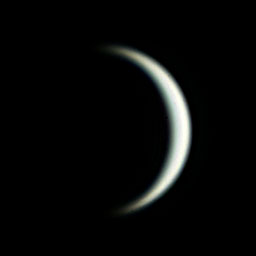
Both Jupiter and Venus are bright enough to see fairly easily in full daylight if conditions are right. Saturn can be observed with a telescope if you can locate it. Very occasionally, we are treated to a daytime visible comet.
Jupiter and Venus are the easiest, you simply need to know where and how to look, but once glimpsed they are fairly easily seen. It is the knowing how that makes it possible. Try these simple hints…
- Try when the planets are far from the glare of the Sun, in the first hours after dawn or last hours of the day are best.
- Clean air is necessary. If the air is hazy, dusty or smoggy it will hide the planets from view, particularly when near the Sun. There will just be too much solar glare to pick out the planet. For the same reason try when the planet is high in the sky and you are looking through much less air.
- The human eye will relax and defocus if there is nothing to focus on. This happens when looking at a plain expanse of blue sky. You could be looking right at the planet and not see it. A few puffy clouds around, or better yet, the Moon, will give the eye something to focus on, allowing the planet to be easily seen.
- Put the Sun out of sight to reduce glare. Simply position yourself in the shadow of a tree or building to get a better view.
- Pick a day when the Moon is near the object you are looking for, it will provide a simple signpost to the correct location.
It is this last hint that can be particularly useful. Looking ahead with the aid of a planetarium program you can find a day when the Moon is near the planet. Using the program to estimate the position with respect to the Moon you can look in just the right place. If you get it right the planet will appear as a bright star-like object. Once you see it you will wonder how you ever missed it in the first place.
Have a try.
Postcard from the Universe – M82 with SN2014J
The brightest nearby supernova in may years is currently visible in the bright galaxy M82. I did want to photograph the supernova before it fades much more. It apparently reached a maximum brightness of magnitude 10.5 a few days ago and is starting to dim. But has so far only slid a few tenths of a magnitude.
So I tried to photograph a supernova, and Murphy came to visit.
The last week has seen me dealing with a sinus infection, which combined with terrible weather has kept me from setting up in the driveway for photography. Taking advantage of a few clear hours last night I did make an attempt. Things continued to go wrong.
A high thin haze would not go away, lit up by the light of a bright quarter moon it created high background and gradients in the imagery that would not calibrate out. I forgot to install the LPS filter, meaning that the low pressure sodium lighting of the village compounded the moonlight in creating a poor signal to noise and bad gradients. The autoguider would not behave. This was eventually solved by adjusting the tuning parameters in PHD guide. Not before ruining most of my exposures, I ended up throwing out 24 of 32 exposures. When I did get everything figured out and corrected, and the Moon had fianlly set, the clouds rolled back in.
The final eight usable exposures did result in a somewhat acceptable final product. It could have been so much better…

Postcard from Hawai’i – Road to the Sea
Headed for work, at least I had plenty of time… Ahead of me on the hillside I could see a military convoy with dozens of cars trapped behind them on the steep grades. Not wanting to join the mess I pulled over to take some photos. The convoy will turn towards the new Saddle Road at the top, all I have to do is give them another five minutes and I will have open road.

